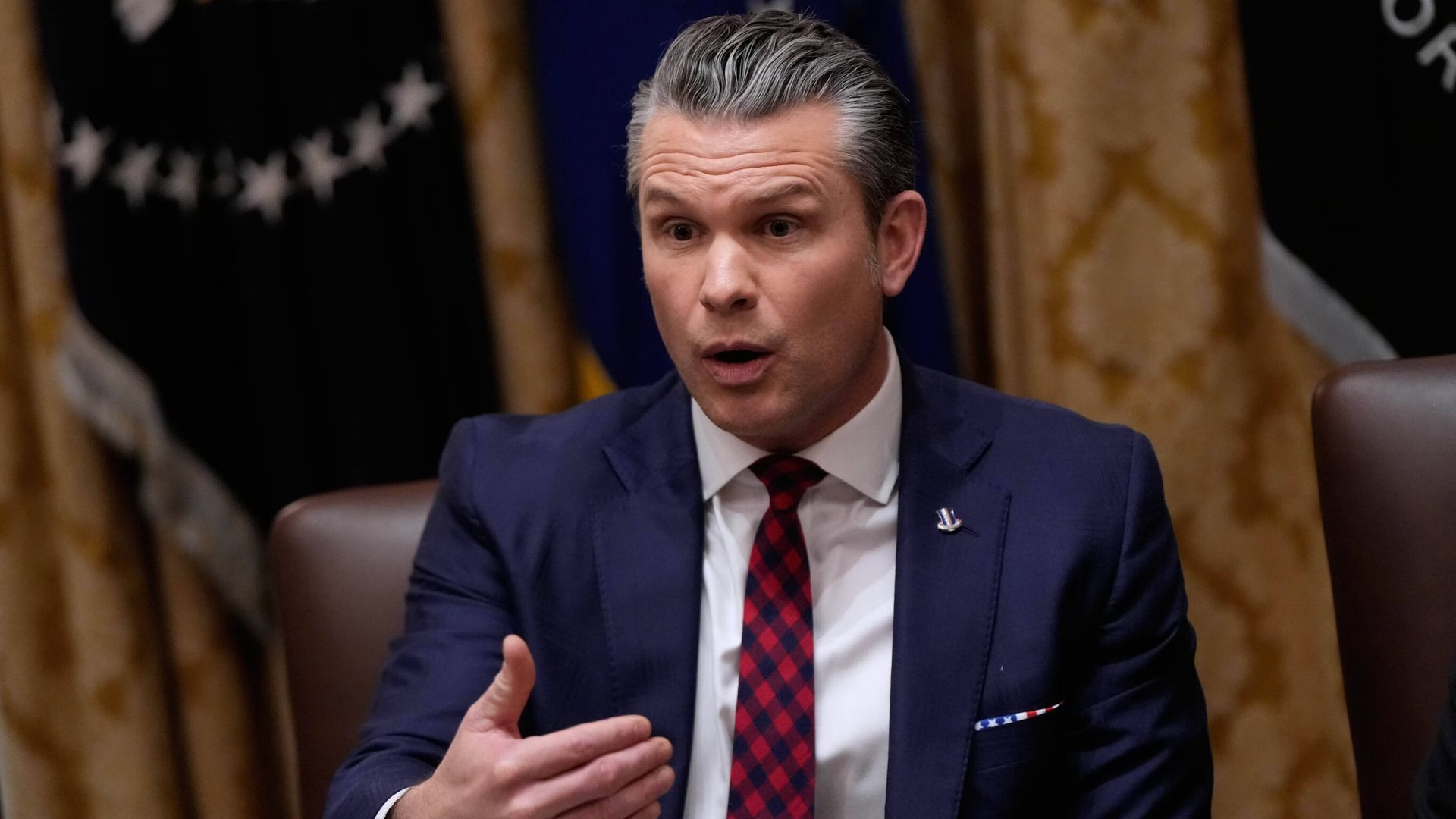
Israel’s government has confirmed signing the final draft of an agreement on phase one of a ceasefire deal with Hamas aimed at ending its war on Gaza, which has killed more than 67,000 Palestinians in two years.
An Israeli government spokesperson Shosh Bedrosian told reporters on Thursday the signing occurred earlier that morning in Egypt’s Sharm el-Sheikh, following three days of intensive negotiations in the city.
- list 1 of 3Trump announces Israel-Hamas ceasefire deal: What we know and what’s next
- list 2 of 3Genocide label crucial in addressing atrocities in Gaza: Legal scholars
- list 3 of 3Reflections from Gaza as Israel’s war enters its third year
end of list
The agreement – covering the first phase of United States President Donald Trump’s 20-point plan to end the war – calls for the release of the remaining Israeli captives in Gaza, 20 of whom are believed to be alive, within 72 hours, in exchange for Palestinian prisoners. It also requires Israel to pull back its troops to “an agreed-upon line,” according to Trump.
The Israeli spokesperson said the ceasefire would go into effect within 24 hours from when Israel’s cabinet votes to ratify the agreement this evening.
The spokesperson said after that 24-hour period ends, the 72-hour window for the Israeli captives’ release would begin.
The spokesperson also stressed that Palestinian leader Marwan Barghouti would not be among the released prisoners, a position sure to cause anger among Palestinians, and claimed Israel would still control over half of Gaza after moving its forces back as required under the deal.
‘Serious disagreements’
Al Jazeera’s senior political analyst Marwan Bishara said while the “the initial phase of the initial phase” of the deal appears to be moving forward, “serious disagreements” remain between Israel and Hamas. These include details on the timing and scope of Israel’s withdrawal, the makeup of the post-war administration for the Gaza Strip and the fate of Hamas, he said.
Advertisement
A second phase of the deal, still to be negotiated, is expected to involve a full Israeli withdrawal, Hamas’s disarmament and the establishment of new security and governance arrangements in Gaza.
‘Families in Gaza cheering’
News of the ceasefire has been welcomed across the world, with UN Secretary-General Antonio Guterres saying the agency is ready to “scale up” aid delivery and “advance recovery and reconstruction efforts”.
For Gaza, it offers a respite from two years of Israeli attacks and aid restrictions that have killed over 67,000 people and sparked widespread famine, in what prominent scholars and a UN inquiry say is a genocide.
“Families were cheering once they heard the news of the ceasefire after more than two years of devastation, destruction, displacement and broken promises,” said Al Jazeera’s correspondent in Gaza Tareq Abu Azzoum. “People are desperately waiting to be reunited with loved ones and even to have a moment to mourn what they have lost.”
But some analysts cautioned the agreement is a far cry from a any kind of lasting peace guarantee.
“This is only an agreement on phase one. This is an exchange of captives, this is stopping the large-scale killing that has been going on in Gaza and allowing some more humanitarian aid in,” Middle East political analyst Omar Baddar told Al Jazeera. “But there’s no telling whether there’s going to be a resumption of this genocide… and is Israel really going to allow Gaza to be rebuilt? I think that’s a really big question.”
British Caribbean News


